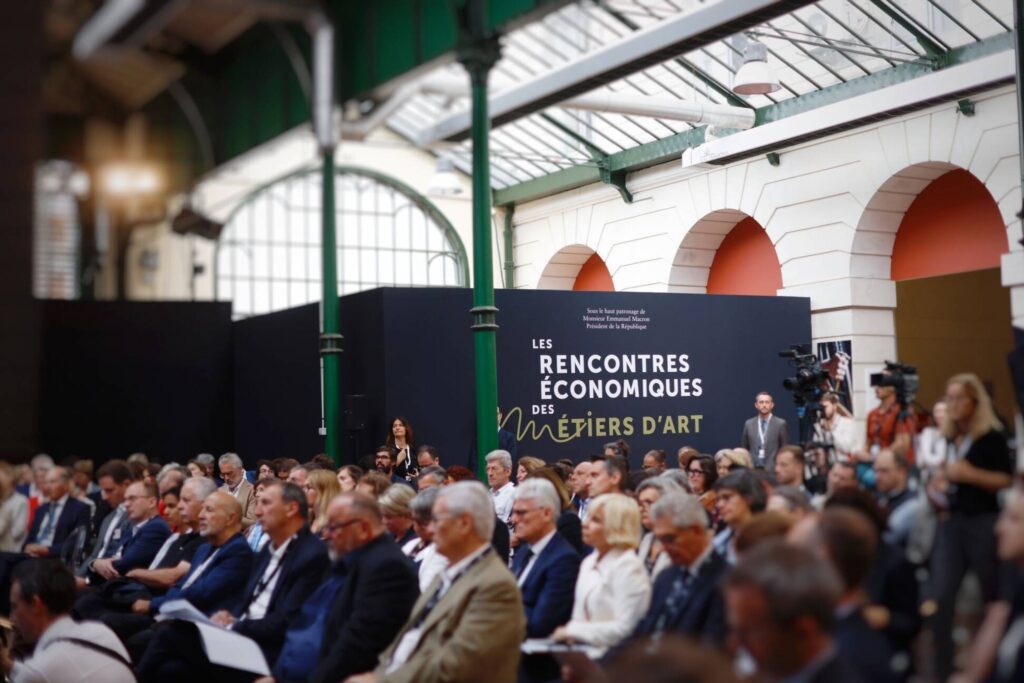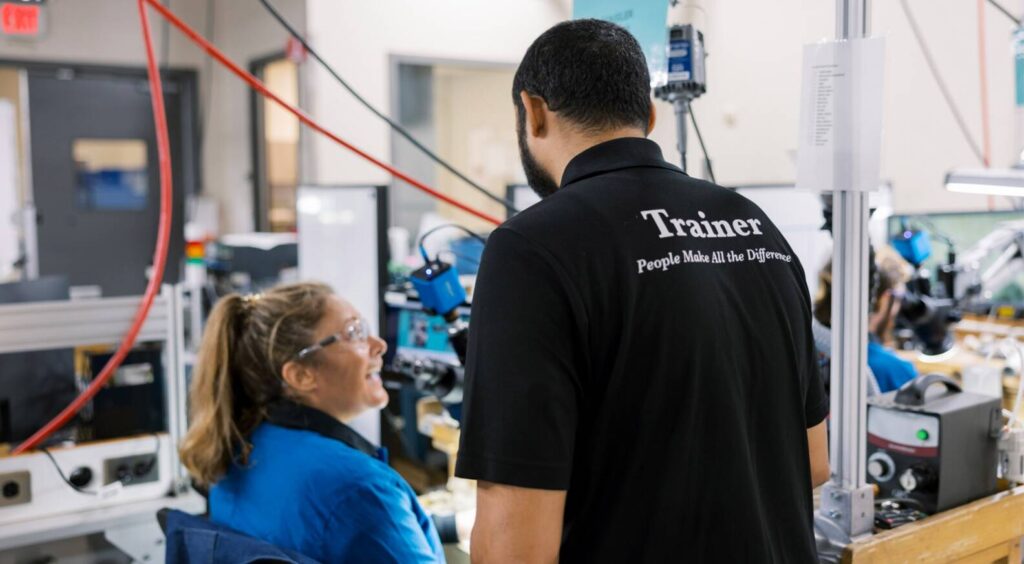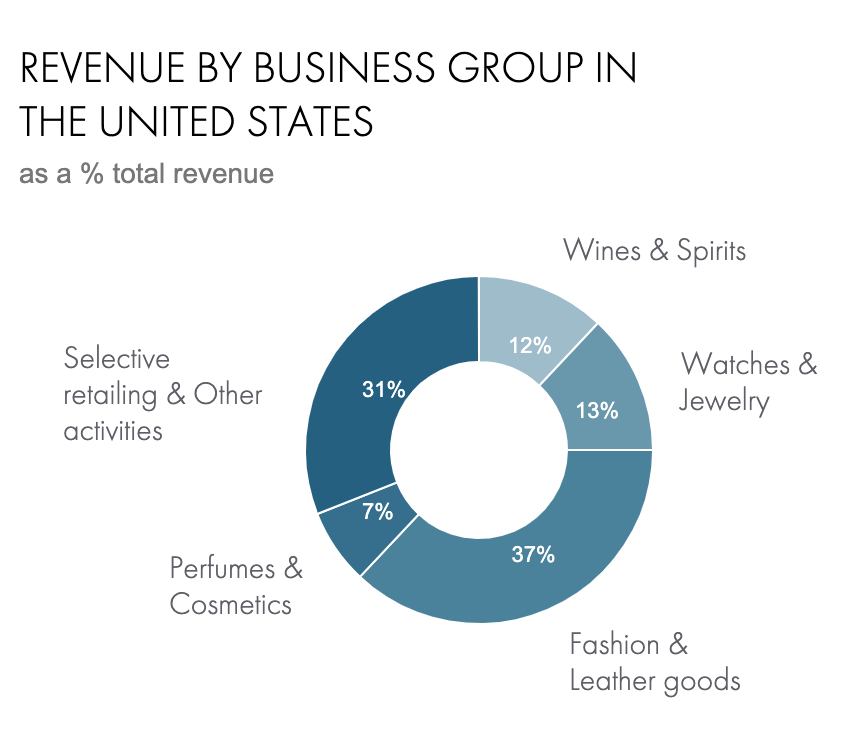“Savoir-faire” is a term in French that translates to “knowing how to do.” In 2023, the French government announced a plan to safeguard craftsmanship in France, with a focus on five pillars: promoting savoir-faire among younger generations, passing on rare skills, placing craftsmanship at the heart of local life, supporting innovation and creation, and promoting French savoir-faire internationally.
Shortly after the announcement, Louis Vuitton Moët Hennessy (LVMH) participated as the main partner in the first edition of Rencontres Économiques des Métiers d’art forum in Tonnerre, Burgundy. This event brought together economic, political, institutional, and social stakeholders to create synergy with artisans, organizations, companies, and regions.
LVMH is well-positioned to play a leadership role in this French initiative, standing as a paragon of luxury and epitomizing elegance and sophistication. The conglomerate is also using this as an opportunity to further an appreciation for and understanding of savoir-faire in the United States market.
The Early Years of LVMH in America
The roots of LVMH in the United States date back to the late 19th century when the company began establishing its presence in the American market. In 1896, Georges Vuitton toured cities such as New York, Philadelphia, and Chicago, selling Vuitton products and laying the foundation for an enduring relationship with American consumers.
Moët & Chandon, the illustrious champagne house, and Hennessy, the distinguished cognac producer, also gained traction in the U.S. during this period. Their commitment to quality and luxury resonated with affluent Americans, propelling their brands into the echelons of high society. Both of these companies merged with the Vuitton brand in the 20th century.
Expansion and Diversification
The latter part of the 20th century marked a period of significant expansion and diversification for LVMH. Under the visionary leadership of Bernard Arnault, the company embarked on an ambitious journey to consolidate various luxury brands, thereby amplifying its influence across different sectors and around the world.
The acquisition of iconic American brands further solidified LVMH’s foothold in the United States. Companies such as DKNY, Marc Jacobs, and Tiffany & Co. became integral parts of the LVMH portfolio. Other acquisitions of U.S.-based companies included Benefit Cosmetics, Colgin Cellars, Fenty Beauty, Newton Vineyard, and Woodinville Whiskey Company, offering a diverse range of products that cater to American consumers.
Cultural Impact and Innovation
LVMH’s impact on American culture transcends the realm of luxury goods. The conglomerate’s commitment to innovation and creativity has influenced various industries, from fashion and beauty to technology and sustainability.
Take, for instance, Louis Vuitton’s renowned ateliers where master craftsmen meticulously handcraft each bag, integrating timeless techniques with modern innovation. The precise art of leatherwork and attention to detail are not just techniques but a heritage preserved and perpetuated within these workshops.
In recent years, LVMH has also embraced sustainability as an integral part of its savoir-faire. The conglomerate has taken significant strides toward environmentally conscious practices without compromising on quality or craftsmanship. Initiatives like sourcing ethically produced materials, reducing waste, and implementing eco-friendly manufacturing processes are becoming key components of LVMH’s ethos.
The LVMH Métiers d’Excellence program in the U.S. represents a pinnacle of craftsmanship and innovation, showcasing the fusion of traditional artisanal skills with contemporary expertise. This prestigious initiative embodies a commitment to preserving and promoting heritage crafts by providing a platform for aspiring talents to learn from master artisans across various luxury disciplines, from haute couture and jewelry to perfumery and leather goods. More than a dozen of the craftspeople and designers that LVMH is training this year are based in the United States.
New programs in the United States have been launched by Tiffany & Co., in collaboration with the Rhode Island School of Design, and by Benefit Cosmetics. By offering immersive apprenticeships and educational opportunities, these programs not only nurture the next generation of artisans but also fosters a deep appreciation for the artistry and meticulous techniques that define the world-renowned luxury brands under the LVMH umbrella. Through this program, LVMH continues its legacy of excellence while nurturing creativity and perpetuating the savoir-faire that defines luxury craftsmanship.
Current Landscape and Future Prospects
Like any multinational corporation, LVMH has faced its share of challenges in the American market. Economic fluctuations, changing consumer preferences, and the rise of e-commerce have posed both opportunities and hurdles. However, the conglomerate’s adaptability and strategic initiatives, including investments in digital innovation and omnichannel experiences, have enabled it to navigate these challenges successfully.
As of the present day, LVMH stands as a dominant force in the American luxury market. The company employs 196,000 people across 81 countries, with 42,000 based in the United States and a few hundred job openings available at any given moment. More than just a luxe handbag seller, LVMH offers job opportunities for a variety of skill sets and areas of knowledge.
Its enduring legacy of craftsmanship, exclusivity, and innovation also continues to captivate consumers across the nation. The conglomerate’s unwavering commitment to quality and its ability to evolve with the ever-changing market dynamics position it for continued success in the future.
Looking ahead, LVMH’s focus on sustainability, technological advancements, experiential luxury, and savoir-faire is set to redefine the boundaries of the American luxury landscape, further solidifying its status as a trailblazer in the industry.




